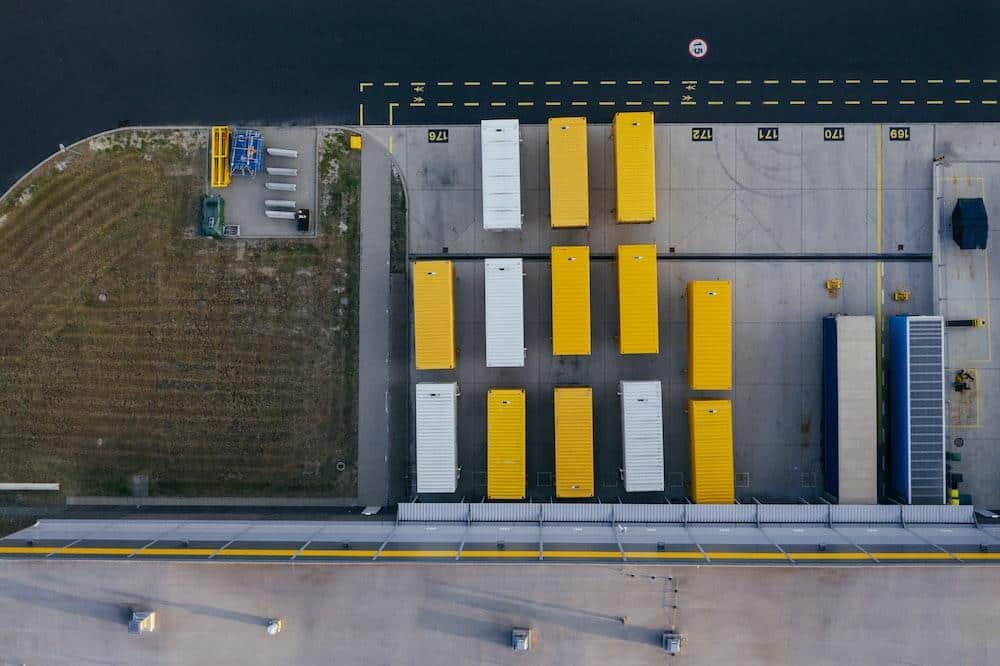
Curious to learn about yard management and how you can implement best practices in your business? Read on for more information.
What Is Yard Management?
In the world of logistics and supply chain, yard management is a term used to describe the organization and handling of materials in a designated yard or outdoor storage area. This can include everything from organizing shipments and tracking inventory to loading and unloading yard trucks.
While it may seem simple on the surface, there are a number of best practices that must be followed in order to ensure efficient and safe operations.
In this guide, we will discuss what yard management is, as well as some of the best practices and yard management solutions for warehouses, logistics companies, and supply chain operators of all sizes.
What Is A Yard Management System And Yard Management Software?
A yard management system (YMS), or yard management software, is software that helps logistics and supply chain professionals plan, execute, and optimize yard operations. A good YMS will have features such as real-time tracking of assets, yard maps, appointment scheduling, and gate control.
YMS can be used to track inbound and outbound shipments, optimize yard space, and improve communication between yard workers and other stakeholders.
Why Is It Important?
Yard management solutions are important for a number of reasons.
First, it can help to improve the efficiency of your warehouse or distribution center operations. By having a clear picture of what assets are in your yard, you can avoid potential bottlenecks and delays in supply chain management.
Secondly, yard management can help to improve safety in your facility. By tracking assets and keeping yard workers informed of their location, you can help to avoid accidents and injuries.
Finally, it can also help to improve customer satisfaction by ensuring that shipments are loaded and unloaded in a timely manner.
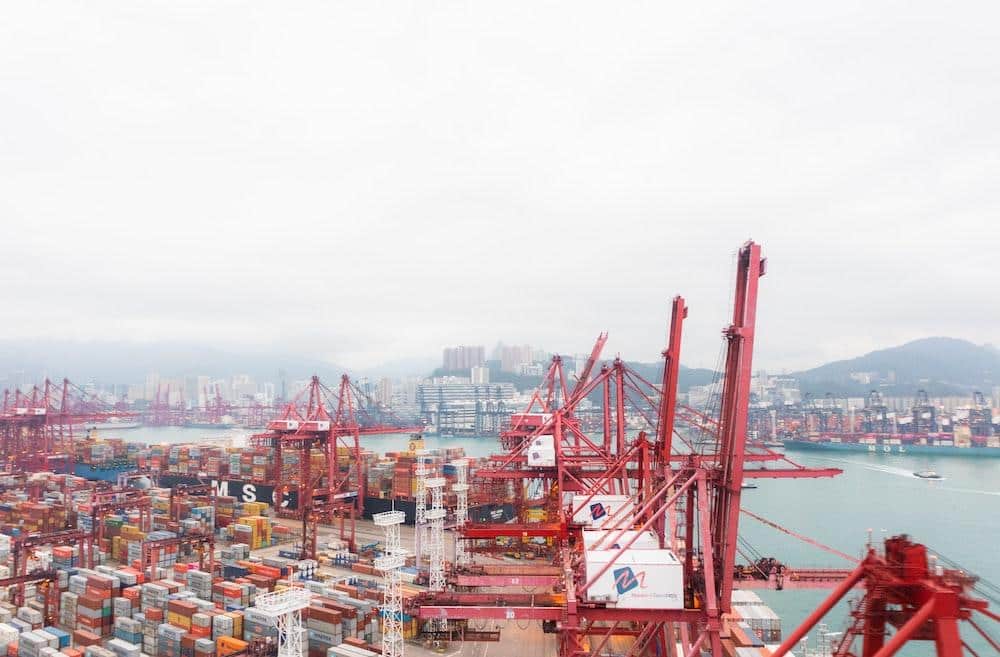
Yard Management Software System: Key Functionalities
As we mentioned earlier, a yard management system is software that helps logistics and supply chain professionals to plan, execute, and optimize yard operations.
Some of the key functionalities of yard management software include:
Real-time tracking of assets:
A good YMS will have features such as real-time tracking of assets, yard maps, appointment scheduling, and gate control.
Inbound and outbound shipment tracking:
YMS can be used to track inbound and outbound shipments, optimize yard space, and improve communication between yard workers and other stakeholders.
Appointment scheduling
By having a clear picture of what assets are in your yard, you can avoid potential bottlenecks and delays.
Gate control
By tracking assets and keeping yard workers informed of their location, you can help to avoid accidents and injuries.
Now that we have a better understanding of what yard management software is and why it’s important, let’s take a look at some of the best practices for warehouses and supply chains.
Yard Management Process Flow
The process flow can be divided into four main phases: Receiving, Staging, Shipping, and Maintenance.
Receiving:
The first step in the process is receiving. During this phase, shipments are delivered to the yard and checked in. This includes verifying that the shipment is complete and that all the necessary documentation is in order.
Staging:
Once a shipment has been checked in, it will be staged for loading or unloading. During this phase, yard workers will use YMS software to plan the most efficient route for moving the shipment through the yard.
Shipping:
The next phase in the process is shipping. During this phase, shipments are loaded onto trucks or trailers and dispatched to their destination.
Maintenance:
The final phase in the process is maintenance. During this phase, yard workers will conduct routine maintenance on yard equipment and infrastructure. This includes tasks such as mowing the lawn, repairing fences, and painting lines on the pavement.
By following these four simple steps, you can ensure that your yard process is efficient and effective.
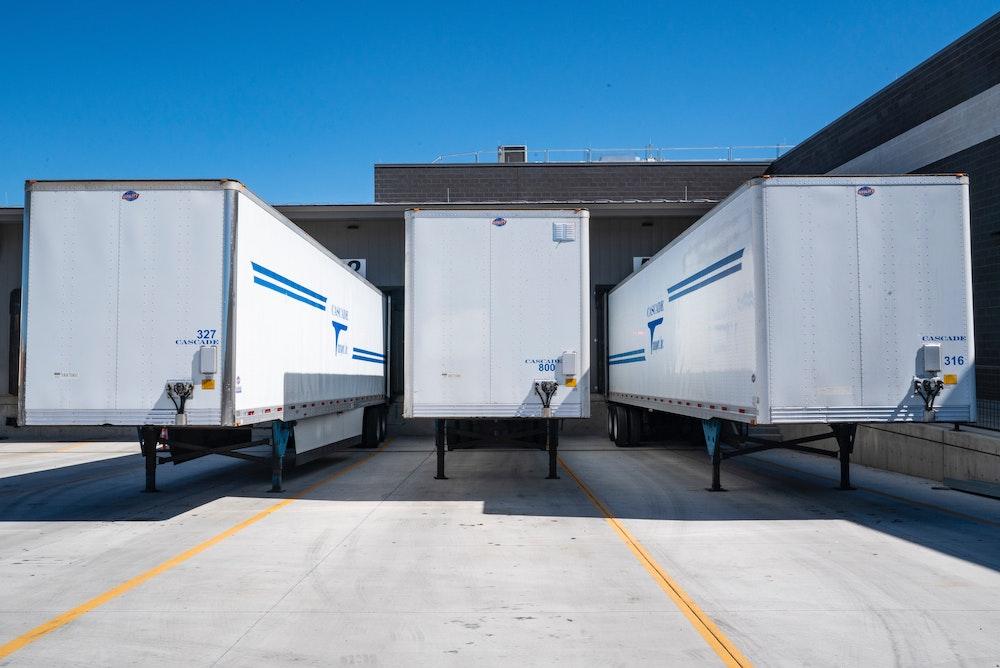
YMS Integration Options
In order to get the most out of your system, it’s important to integrate it with other systems in your warehouse or distribution center.
Some of the most common integration options include:
- Warehouse Management System (WMS): A WMS is software that helps you to manage the day-to-day operations of your warehouse.
- Transportation Management System (TMS): A TMS is software that helps you to plan and execute transportation operations.
- Enterprise Resource Planning (ERP) system: An ERP system is software that helps you to manage your business’s finances, inventory, and operations.
By integrating your YMS with other systems in your business, you can help to improve the overall efficiency of your operations.
Logimax WMS offers a number of integration options to help you get the most out of your YMS.
Contact us today to learn more about our integration options.
Optimization Opportunities Offered By YMS Implementation
Once you have a yard management system in place, there are a number of optimization opportunities that you can take advantage of.
Some of these optimization opportunities include:
Improving yard utilization
By tracking assets and yard activities, you can identify opportunities to improve yard utilization.
Improving communication
By integrating your YMS with other systems in your business, you can improve communication between yard workers and all stakeholders.
Improving safety
By tracking assets and yard activities, you can help to improve yard safety.
Improving customer satisfaction
By tracking yard activities and integrating your YMS with your transportation management system, you can improve customer satisfaction.
Reducing yard congestion
By tracking yard activities and managing gate entry and exit, you can help to reduce yard congestion.
Improving appointment management
By integrating your YMS with your transportation management system, you can improve appointment management.
Reducing dwell time
By tracking yard activities and integrating your YMS with your transportation
By taking advantage of these optimization opportunities, you can help to improve the overall efficiency of your yard management operations.
Dock and Yard Management System
Like a yard management system (YMS), a dock and yard management system (DYMS) is software that helps you to manage the operations of your dock and yard.
A DYMS can help you to improve the efficiency of your dock and yard operations by providing features such as:
- Real-time tracking of assets
- Accurate yard maps
- Gate entry and exit management
- Appointment management
- Dock and yard activity reporting
By using a DYMS, you can help to improve the efficiency of your dock and yard.
Key Benefits Of Dock And Yard Management System (DYMS)
A DYMS is a software application that helps to manage yard operations in a warehouse or distribution business.
The goal of a DYMS is to optimize the flow of traffic and resources in and out of the yard, while also reducing costs and improving customer satisfaction.
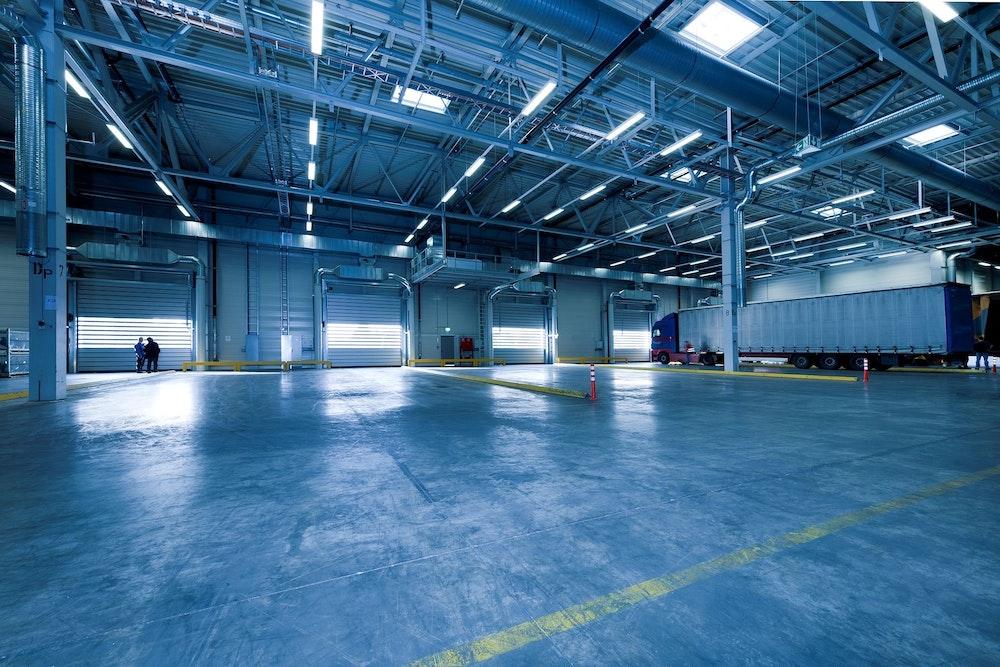
There are a number of benefits that can be achieved by using a dock and yard management system, including:
Improved asset visibility
A DYMS can help to improve asset visibility by tracking the location of assets in real-time. This information can be used to optimize operations and avoid delays.
Reduced costs
A DYMS can also help to reduce costs by improving the efficiency of operations. By reducing the time it takes to load and unload trucks, you can free up valuable yard space and reduce labor costs.
Improved customer satisfaction
It can also help to improve customer satisfaction by ensuring that shipments are loaded and unloaded in a timely manner.
Yard Management Systems And Warehouse Management Systems
A YMS is often integrated with a warehouse management system (WMS) to provide a complete view of warehouse operations.
The integration of these two systems can help to improve communication between yard workers and all stakeholders.
It can also help to improve the overall efficiency of your business.
Container Yard Management
Container yards are areas where containers are stored prior to being loaded onto ships or trucks.
There are a number of best practices that should be followed in order to ensure efficient container operations.
Some of these best practices include:
- Using software to track containers
- Maintaining accurate yard maps
- Creating efficient loading and unloading plans
- Communicating yard status to all stakeholders
By following these best practices, you can help to improve the efficiency of your container yard operations.
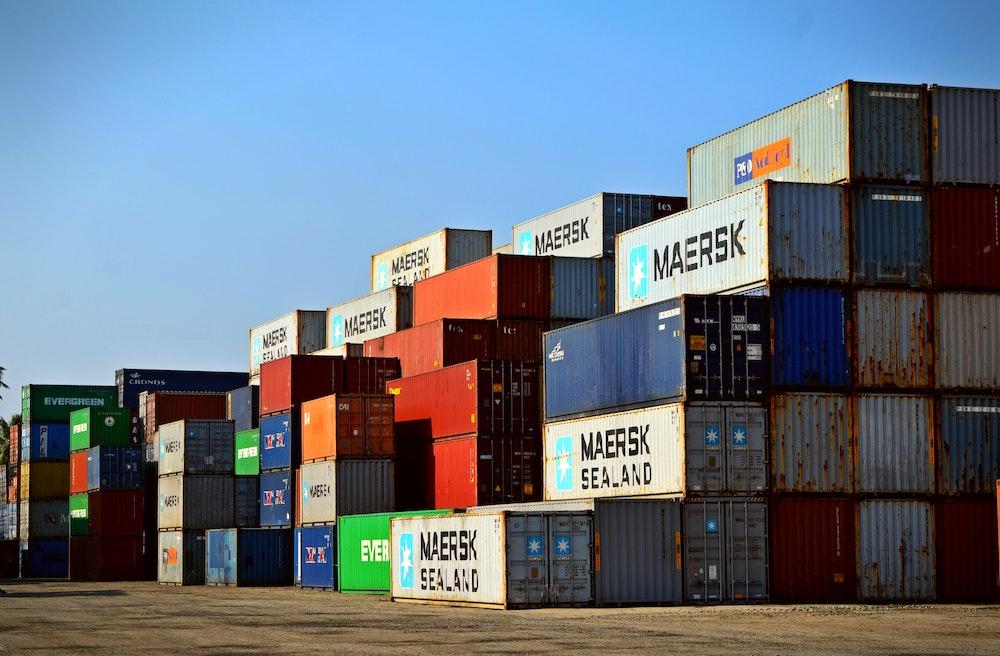
Today’s Challenges
Despite the many benefits offered by yard management systems, there are a number of challenges that can make it difficult to implement a YMS. Some of these challenges include:
Lack of standardization
There is no one-size-fits-all solution. Every business has its own unique set of requirements. This can make it difficult to find a yard management system that meets your specific needs.
Cost
Due to their complexity, these systems can be expensive to implement and maintain. You may need to invest in new hardware, software, and training for your staff.
Complexity
Yard management systems can be complex to set up and use. They often require integration with other systems, such as transportation management systems and warehouse management systems.
In spite of these challenges, the benefits offered by these systems can be well worth the effort.
Yard Management Capabilities For Modern Logistics
Whether you are using yard management for the first time or are looking to improve your current system, there are a few key capabilities that you should look for in a yard management software solution.
Real-time Asset Tracking
The first step to successful yard management. One of the most important features of a yard management system is knowing what assets you have in your yard and where they are located.
Any modern business also needs the ability to track these assets in real-time. This information can be used to improve operations and avoid potential delays. This can be done with the help of RFID tags, barcodes, or GPS tracking devices.
Load Planning and Load Optimization
A good system will help you to plan and optimize your load plans. This can include things like shipment sequencing and order consolidation.
Communication
Clear and concise communication is essential for any system to be successful. This includes communication between yard workers, dispatchers, and other stakeholders.
Reporting
A good YMS will also provide you with the ability to generate reports on your operations. This can be useful for identifying trends and improving your process.
Appointment scheduling
Another important feature is the ability to schedule appointments. This can be used to ensure that operations are running smoothly and that there are no potential bottlenecks.
These are just a few capabilities that are essential for modern logistics.
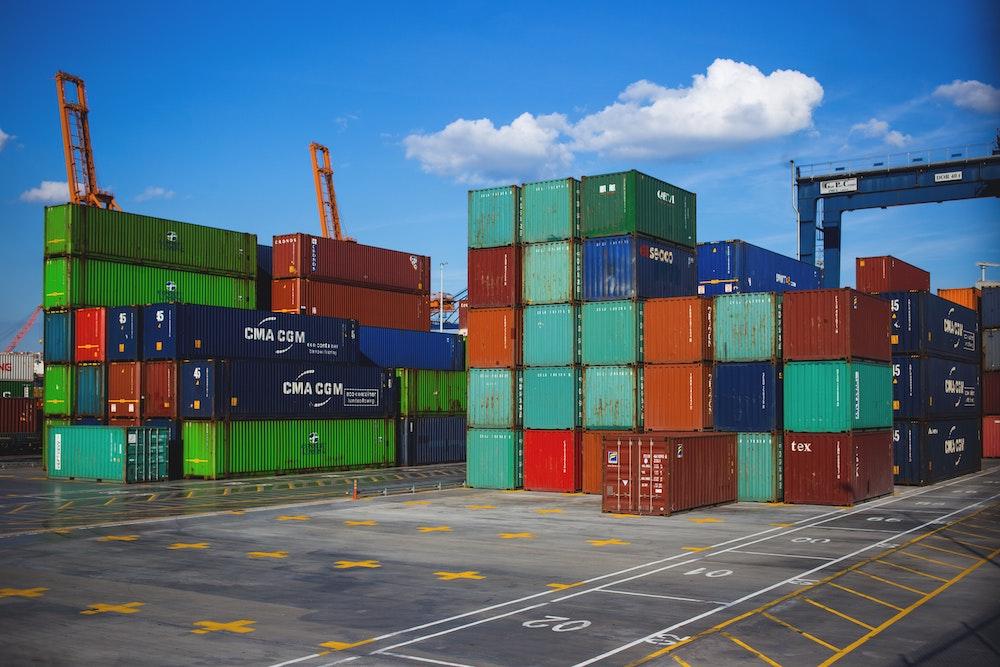
Yard Management Best Practices:
There are a number of best practices that should be followed in order to ensure efficient and safe operations.
Some of these best practices include:
- Tracking all assets in the yard in real-time
- Maintaining accurate yard maps
- Scheduling appointments for yard activities
- Managing gate entry and exit
- Communicating yard status to all stakeholders
By following these best practices, you can help to improve the efficiency and safety of your operations.
Choosing A Vendor
When choosing a yard management system vendor, it’s important to consider your specific needs and requirements.
Look at all of the features offered by a vendor to find the best solution for your business.
Yard Management System Cost
The cost of a modern and efficient system will vary depending on the features and functionalities that you require.
Expect to pay a monthly fee that provides a basic system.
However, if you need more advanced features, there may be an extra cost.
How To Implement A Yard Management System
If you’re looking to improve the efficiency of your business, implementing a yard management system is a great place to start.
There are a few things that you need to keep in mind when implementing a YMS:
- Define your goals and objectives
- Choose the right system vendor
- Train your employees
- Set up yard management processes and procedures
- Monitor and measure results
A YMS can work seamlessly with your WMS once integrated. But third-party systems may require custom integration. The benefit of using a Logimax WMS with a YMS Module is that no added integration work is required.
Yard Management Solutions: Logimax WMS + YMS Module
If you’re looking for the best yard management software that can help you to improve the efficiency of your business, look no further than Logimax WMS with a Yard Management module.
Logimax WMS can be easily integrated with our cloud-based yard management solution. This combination offers all of the features and functionalities that we’ve discussed in this guide.
Some of the key benefits of using Logimax WMS with yard management module include:
- real-time tracking of assets
- inbound and outbound shipment tracking
- appointment scheduling
- gate control
- increased customer satisfaction.
With a third-party YMS, it requires being integrated with your warehouse management system. However, Logimax WMS with a YMS module requires no added integration work. This saves you time and money.
Final Thoughts
In conclusion, yard management is a critical part of any warehouse or supply chain operation. By following the best practices outlined in this guide, you can help to improve the efficiency and safety of your operations.
If you have any questions or if you would like to learn more about our yard management software, please contact us. We would be happy to answer any of your questions. We offer a free consultation to help you determine if our system is right for your business.
Contact us today to learn more about how we can help you improve your operations.
FAQs
Yard Management Definition
Yard management is the coordination of yard operations in a warehouse or distribution center. The goal is to optimize the flow of traffic and resources in and out of the yard, while also reducing costs and improving customer satisfaction.
What Is a Yard In Supply Chain? What Does Yard Mean In Logistics?
A yard is a location where goods are stored prior to being loaded or unloaded for transport. Yards are commonly used in the transportation and logistics industry, as they provide a convenient place to store goods while they are waiting to be shipped.
What is a yard warehouse?
A yard warehouse is a type of storage facility used to store goods waiting to be shipped. Yard warehouses are typically located near transportation hubs, such as airports or railroads.
What is a yard and a dock?
A yard is a location where goods are stored prior to being loaded or unloaded for transport. A dock is a structure that is used to load and unload ships. Docks are typically located near yards. Dock management is an essential function of any DYMS. A good DYMS can help your dock teams operate efficiently.
What is Yard Management Software?
It is a type of software that is designed to help businesses coordinate yard operations. This software can be used to track vehicles, schedule appointments, and manage resources.



